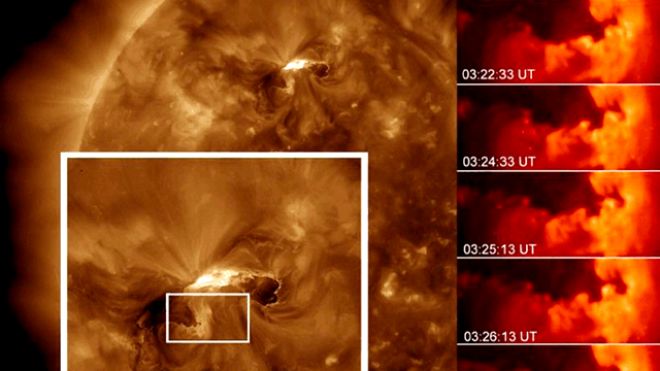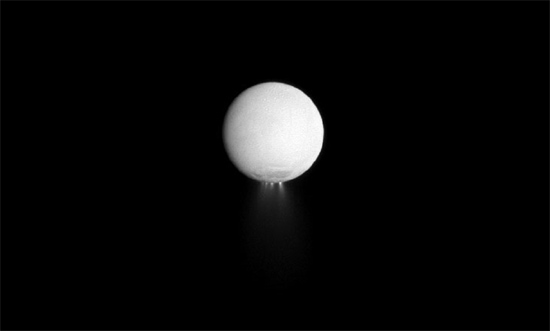
© iStockphotoHowdy: Researchers are discovering how the brain recognises its body.
The mystery of how the brain develops the sense of ownership that recognises our body belongs to us is a step closer to being solved.
Australian researchers have shown that along with the sense of touch and vision, signalling receptors in the muscles and joints also play a critical role.
The finding, published recently in the
Journal of Physiology, will help in designing treatments for disorders of body ownership that can occur with conditions such as stroke and epilepsy.
Lead author Dr Lee Walsh, of
Neuroscience Research Australia, says we instinctively know our body parts "belong" to us.
However, he says, how the brain develops that map of what belongs to it is still in part unknown.
"How do I know my hand is mine and not yours and that the telephone is not a part of my body," he says.
Previous research shows people can be deluded into claiming ownership of an artificial hand, Walsh says.This is done by simultaneously stroking the subject's hidden hand and a visible artificial rubber hand.
"Once the illusion of ownership of the hand is established, subjects have physiological responses to threats made against the rubber hand," Walsh and his colleagues write in the paper.
Walsh says however, in this study the team was interested to see if other sensory channels could also be important in developing body ownership.


